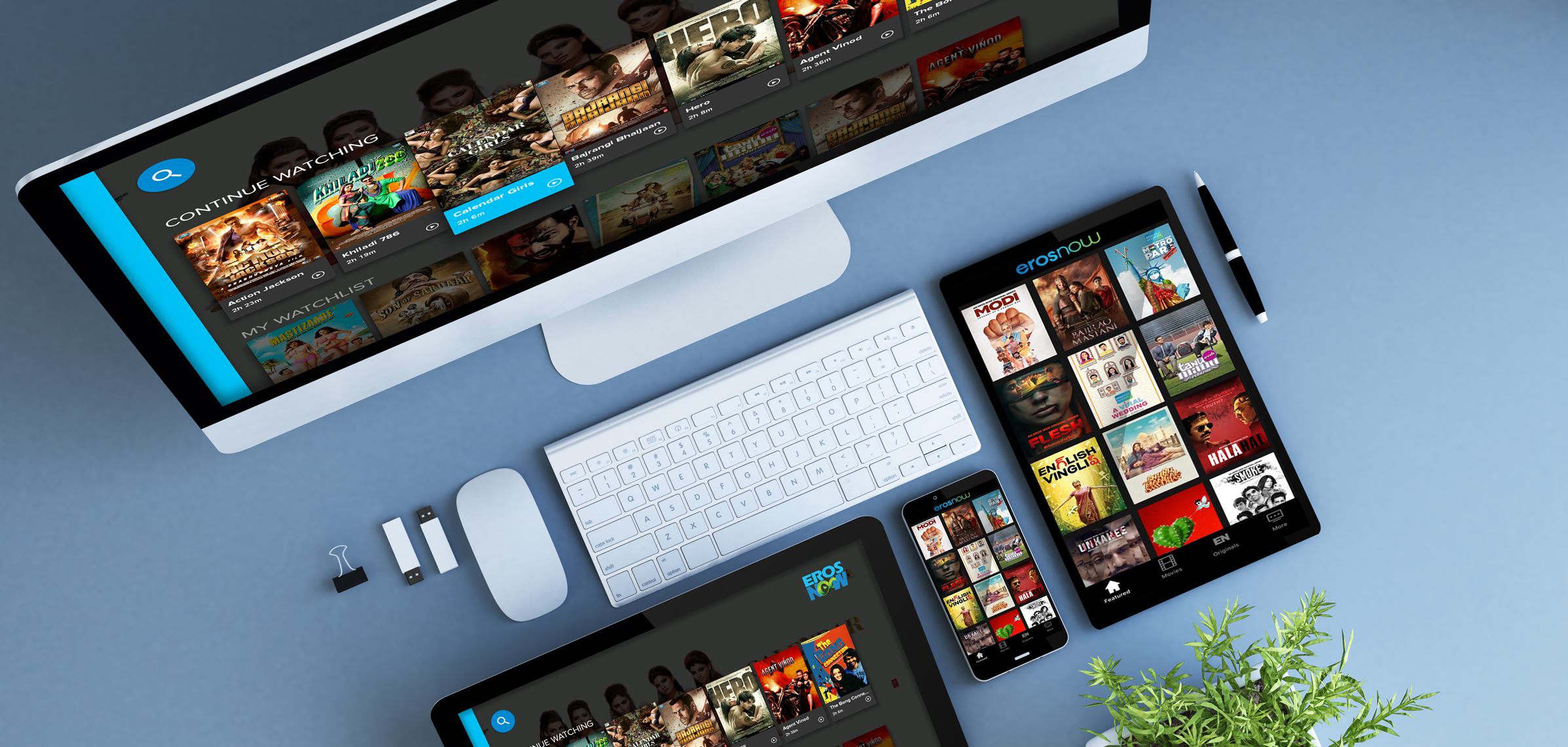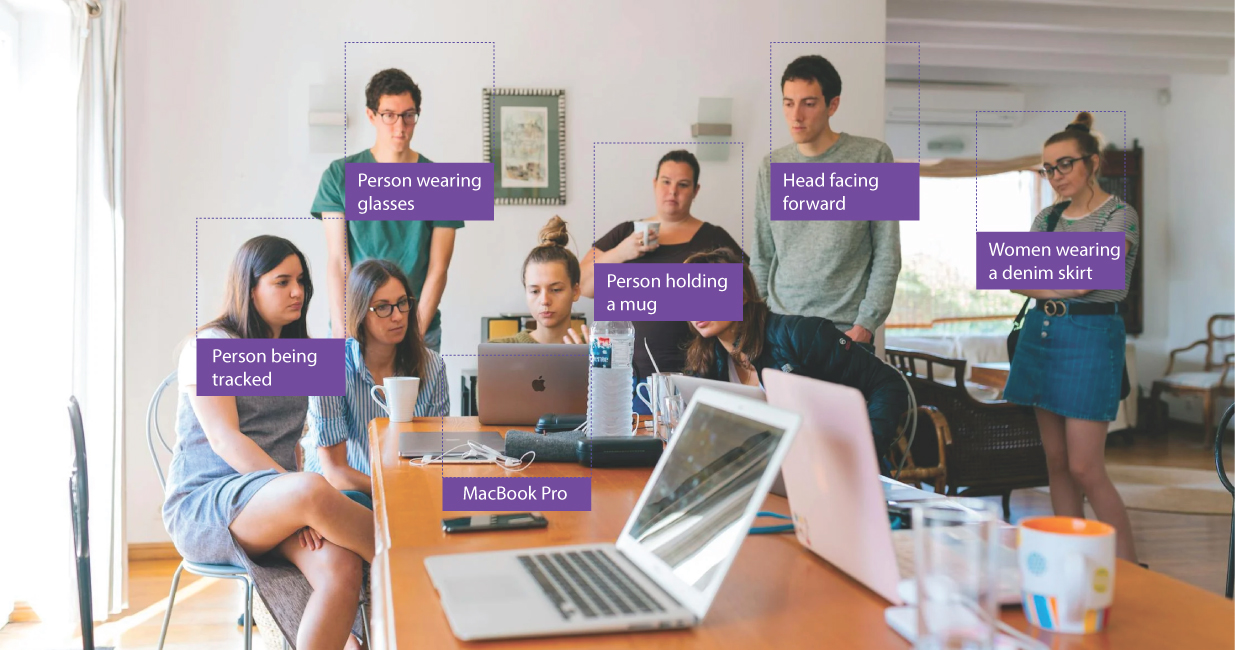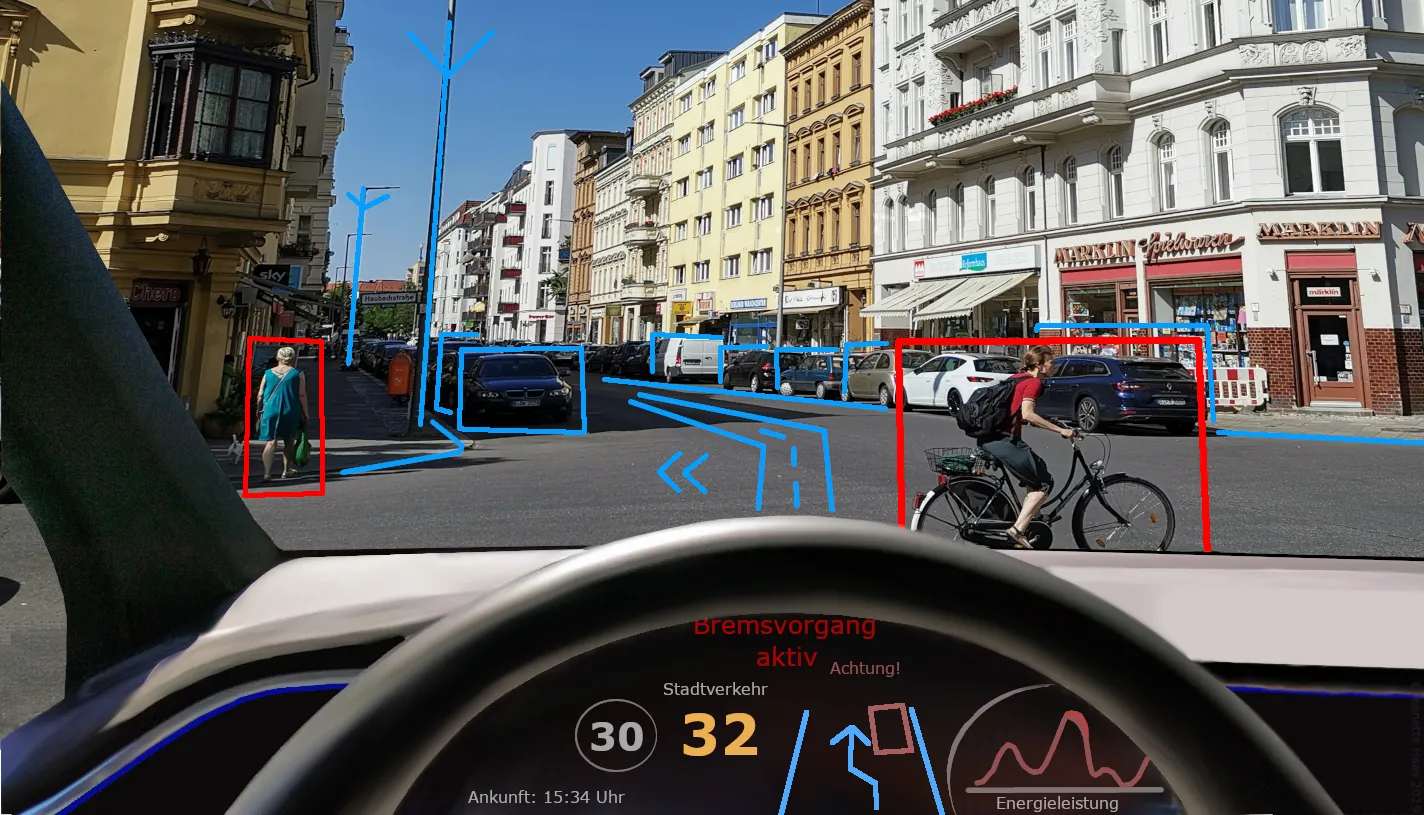BLOG
With Mobile-First Broadcasting Your Screen Time is Shaping the Future of Media
How smartphones are redefining content consumption and what it means for broadcasters.

Author: Sandeep Chandak
Date: 24 March 2025
Traditional broadcasting models, once the industry standard, are now struggling to keep pace with a generation of viewers who demand instant, on-the-go access to content. Smartphones and tablets have overtaken televisions as the primary screens, forcing media companies to rethink content creation, distribution, and monetization strategies.
Adding to the complexity, competition is fiercer than ever. Social media platforms, OTT streaming services, and short-form content apps are capturing audience attention, leveraging mobile-first strategies that prioritize personalized, interactive, and algorithm-driven content. Broadcasters that fail to adapt risk losing market share, revenue, and relevance in this fast-evolving digital landscape.
What’s Driving This Shift?
Several factors have fueled the rapid adoption of mobile-first broadcasting:
Faster Networks, Smoother Streams – With 5G rolling out globally, buffering is becoming a relic of the past. High-speed, low-latency networks allow users to stream HD and even 4K content without interruption, making mobile viewing more appealing than ever.
Screen Size and Quality – Modern smartphones boast OLED displays, high refresh rates, and HDR support, rivaling traditional TVs in visual quality. The result? A superior viewing experience in the palm of your hand.
Content Adaptation – Broadcasters and streaming platforms are optimizing content for vertical and square formats, ensuring videos fit seamlessly into mobile screens without awkward black bars or resizing issues.
Personalized Viewing – AI-driven algorithms curate content based on user behavior, making mobile platforms highly personalized. This level of customization keeps viewers engaged, reducing the need for channel surfing.

Rethink the Strategies for a Mobile-First World
To stay ahead, media executives must take a proactive approach, shifting from traditional broadcasting to a mobile-first strategy that prioritizes user engagement, content flexibility, and monetization innovation.
1. Invest in Mobile-Optimized Infrastructure
A seamless mobile viewing experience requires a robust technological foundation. Investing in adaptive streaming technology, cloud-based content delivery networks (CDNs), and AI-driven recommendation engines can ensure smooth, high-quality playback while enhancing personalization. Mobile-first broadcasting success hinges on low-latency streaming and fast load times, making infrastructure upgrades essential.
2. Redefine Storytelling for Mobile Audiences
Content that was designed for traditional TV screens often doesn’t translate well to mobile devices. Broadcasters must embrace:
Shorter, high-impact formats: Mobile users prefer concise, engaging content that captures attention quickly.
Vertical and square video formats: Optimizing content for mobile screen orientations ensures a seamless viewing experience.
Captions and silent viewing optimization: Many users consume content in public spaces where audio isn’t an option. Rather, subtitles and engaging visuals make content more accessible and effective.
3. Leverage Live and Interactive Content
Live streaming is redefining audience engagement in mobile-first broadcasting. Platforms like YouTube Live, Twitch, and Instagram Live have demonstrated the power of real-time interaction. Broadcasters must incorporate:
Live Q&A sessions, polls, and comments to enhance audience participation.
Exclusive live events that create a sense of urgency and FOMO (fear of missing out).
Second-screen experiences that complement traditional broadcasts and engage mobile users simultaneously.
4. Adopt a Data-Driven Advertising Model
Traditional TV advertising models are losing effectiveness in a mobile-first world. Advertisers demand precision, and mobile-first broadcasting offers superior targeting through:
AI-powered ad placements that deliver personalized content based on user behavior.
Shoppable video integrations that turn content into a direct sales channel.
Programmatic advertising that optimizes ad spend and maximizes ROI by reaching the right audiences at the right time.

The Future: A Mobile-First Mindset
Mobile-first broadcasting is not just a passing trend, it is the future of content consumption. The most successful media companies will be those that proactively invest in mobile-friendly infrastructure, rethink storytelling techniques, and harness the power of real-time, interactive content.
With the increasing adoption of 5G, AR, and AI-driven personalization, mobile-first experiences will become even more immersive and user-centric. The challenge is significant, but for media leaders willing to embrace innovation, the rewards will be game-changing.
The question isn’t whether mobile-first broadcasting will dominate, the question is whether your organization is equipped to lead this transformation and stay ahead of the competition.
Logituit at NAB
At NAB 2025, Logituit made its debut by unveiling the LogixStream ecosystem, a next-gen suite powered by AI intelligence, featuring LogixEngage, LogixPlayer, LogixEnrich, and LogixCMS. Designed to optimize platform performance and personalize user experiences, LogixStream redefines how technology meets audience engagement.
Explore the full story:
NAB Show 2025: Las Vegas Event Highlights
SHARE THIS ARTICLE
Stay up to date on latest trend in video tech
Related Posts













































